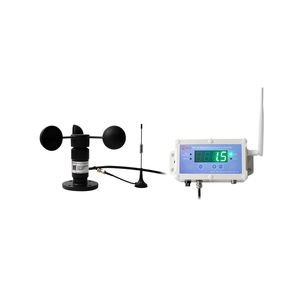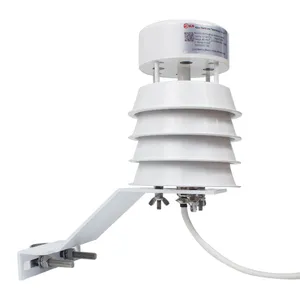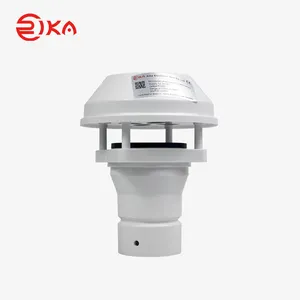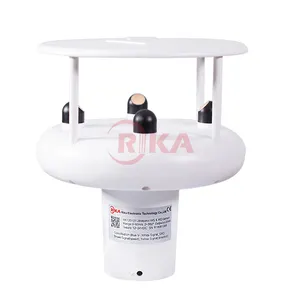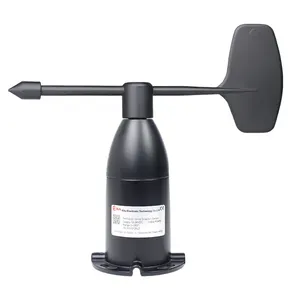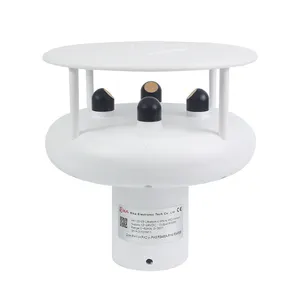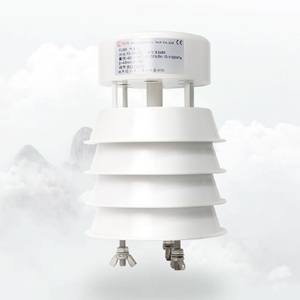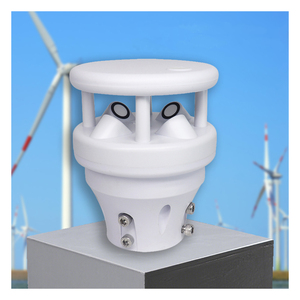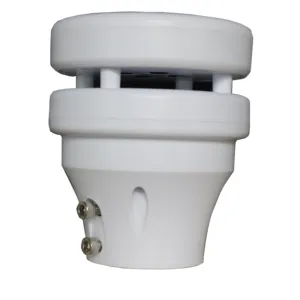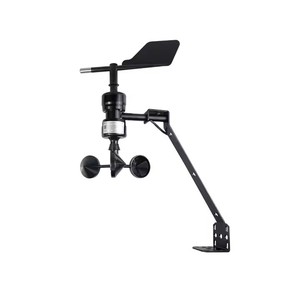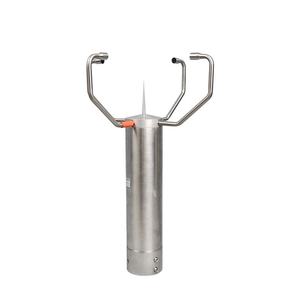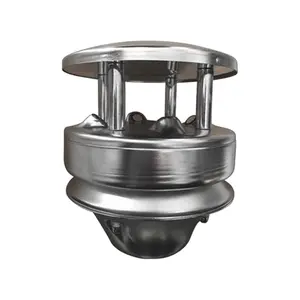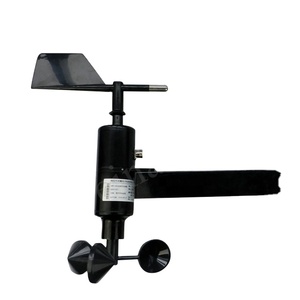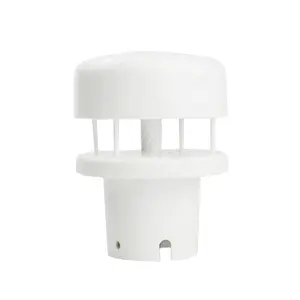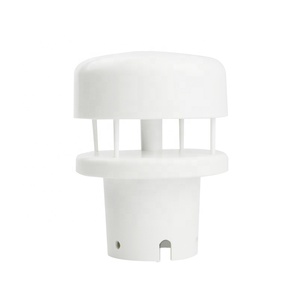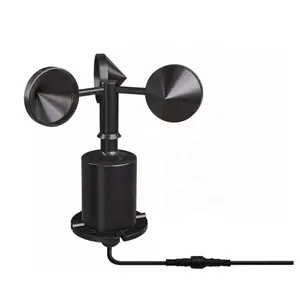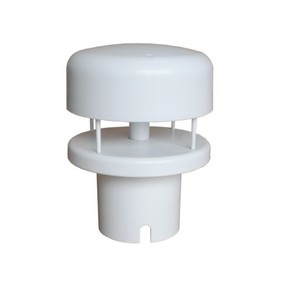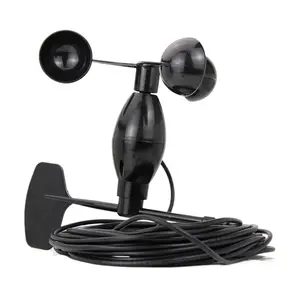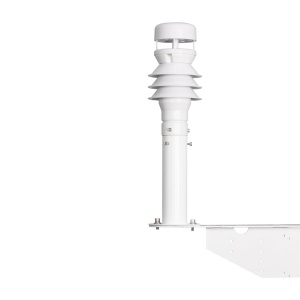Wind Speed And Direction Sensor Distributor





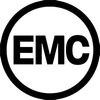

 Top sponsor listing
Top sponsor listing






































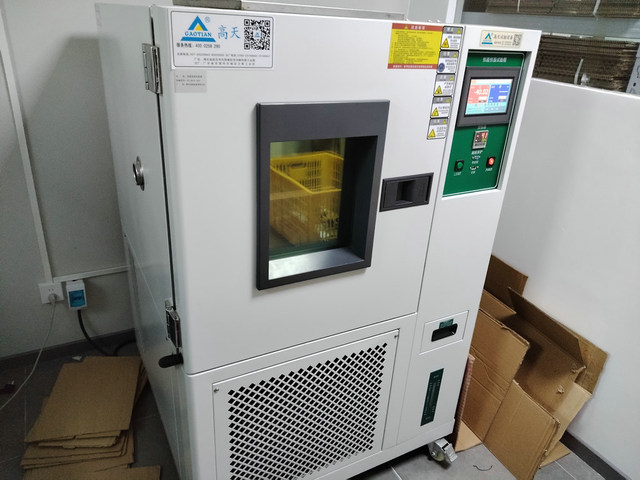



About wind speed and direction sensor distributor
Where to Find Wind Speed and Direction Sensor Distributors?
China remains the central hub for wind speed and direction sensor manufacturing, with key production clusters in Hunan and Hebei provinces. These regions host specialized electronics and IoT technology firms that benefit from integrated supply chains for sensors, microcontrollers, and communication modules. Hunan, in particular, has emerged as a focal point for environmental monitoring instrumentation, supported by regional investments in smart agriculture and meteorological infrastructure.
Suppliers in this ecosystem operate within vertically aligned networks, enabling rapid prototyping and scalable production. Many manufacturers maintain in-house capabilities for PCB assembly, calibration, and enclosure fabrication, reducing dependency on external component suppliers. This integration supports lead times averaging 15–25 days for standard orders and allows flexibility for OEM/ODM configurations. Cost efficiencies stem from localized access to raw materials such as aluminum alloys, polycarbonate housings, and ultrasonic transducer components, offering price competitiveness compared to European or North American alternatives.
How to Choose Wind Speed and Direction Sensor Distributors?
Selecting reliable partners requires systematic evaluation across technical, operational, and transactional dimensions:
Technical Compliance & Calibration Standards
Verify adherence to international standards such as IEC 61400-12 for anemometry and ISO 9060 for radiation measurement compatibility. Sensors should support common output signals (e.g., RS485, Modbus, 4–20mA) and undergo factory calibration against traceable reference instruments. Request documentation on wind tunnel testing, temperature compensation algorithms, and IP ratings (minimum IP65 for outdoor deployment).
Production and Customization Capability
Assess supplier capacity through the following indicators:
- In-house R&D teams capable of firmware customization and signal processing adjustments
- Support for material, size, logo, packaging, and output configuration modifications
- Availability of heated variants for icing environments and ultrasonic models for mechanical wear reduction
Cross-reference product listings with on-time delivery performance (target ≥97%) and reorder rates (>20% indicates customer retention).
Transaction Reliability and After-Sales Support
Prioritize suppliers with documented quality management systems and responsive communication (response time ≤2 hours). Analyze historical transaction data where available, focusing on dispute resolution records and post-sale technical assistance. Pre-shipment sample validation is critical—test units under simulated field conditions to verify accuracy, startup wind speed thresholds, and directional resolution.
What Are the Leading Wind Speed and Direction Sensor Distributors?
| Company Name | Location | Main Products (Listings) | Online Revenue | On-Time Delivery | Response Time | Reorder Rate | Customization Options |
|---|---|---|---|---|---|---|---|
| Hunan Rika Electronic Tech Co., Ltd. | Hunan, CN | Other Sensors (144), Temperature Instruments (111), Anemometer (67) | US $760,000+ | 99% | ≤2h | 24% | Material, size, logo, packaging, label |
| Hunan Firstrate Sensor Co., Ltd. | Hunan, CN | Digital wind sensors, wireless anemometers, RS485 models | US $600,000+ | 98% | ≤2h | 23% | Color, material, display, controller, signal output, packaging, logo |
| Handan Yantai Import And Export Co., Ltd. | Hebei, CN | Ultrasonic wind sensors (XF200 series), heated variants | US $30,000+ | 94% | ≤2h | <15% | Output, color, material, bracket, logo, packaging, graphic |
| Qinhuangdao Xiaoma Iot Technology Development Co., Ltd. | Hebei, CN | Farm irrigation systems (433), Environmental sensors (108) | US $70,000+ | 50% | ≤3h | <15% | Limited customization; focus on integrated weather stations |
Performance Analysis
Hunan-based suppliers dominate in reliability and scalability, with both Hunan Rika and Hunan Firstrate achieving on-time delivery rates above 98% and reorder rates exceeding 23%. Their extensive product portfolios reflect mature design platforms and strong market adoption. Hunan Rika stands out with high listing volume across sensor types, indicating broad manufacturing versatility. Hunan Firstrate offers deeper customization depth, particularly in signal outputs and controller integration, suitable for industrial automation applications.
Hebei-based suppliers show variability in fulfillment performance. While Handan Yantai provides competitive pricing on ultrasonic models, its lower reorder rate suggests potential gaps in long-term customer satisfaction. Qinhuangdao Xiaoma focuses on full meteorological stations rather than standalone sensors, but its 50% on-time delivery rate presents a significant risk for time-sensitive deployments. Buyers should conduct factory audits or request third-party inspection reports before engaging with lower-volume suppliers.
FAQs
What certifications should wind speed and direction sensors have?
Look for CE marking for European market compliance, RoHS for hazardous substance restrictions, and ideally ISO 9001-certified production processes. For integration into regulated systems (e.g., aviation, energy), confirm compliance with ICAO or IEC standards as applicable.
What is the typical MOQ and lead time?
Most suppliers list minimum order quantities of 1 piece/set, facilitating sampling and small-scale deployment. Production lead time typically ranges from 10 to 20 days after confirmation, depending on customization level. Express shipping adds 5–7 days for international delivery.
Can suppliers provide calibrated or NIST-traceable units?
Yes, leading suppliers offer factory calibration certificates. Traceable calibration to NIST or other national standards may incur additional fees but is available upon request. Confirm whether recalibration services are offered post-deployment.
Do distributors support private labeling and ODM?
Yes, all major suppliers listed offer private labeling, custom packaging, and logo printing. Some provide full ODM support including housing redesign, firmware modification, and protocol adaptation. Minimum volumes for ODM vary—typically 100+ units per configuration.
How to evaluate sensor accuracy and durability?
Request technical datasheets specifying measurement range (e.g., 0–60 m/s), resolution (≤1° for direction, ≤0.1 m/s for speed), and operating temperature. Field-test samples under low-wind conditions and verify resistance to dust, moisture, and vibration per IP65 or higher ratings. Ultrasonic models generally offer better longevity in harsh climates due to lack of moving parts.



